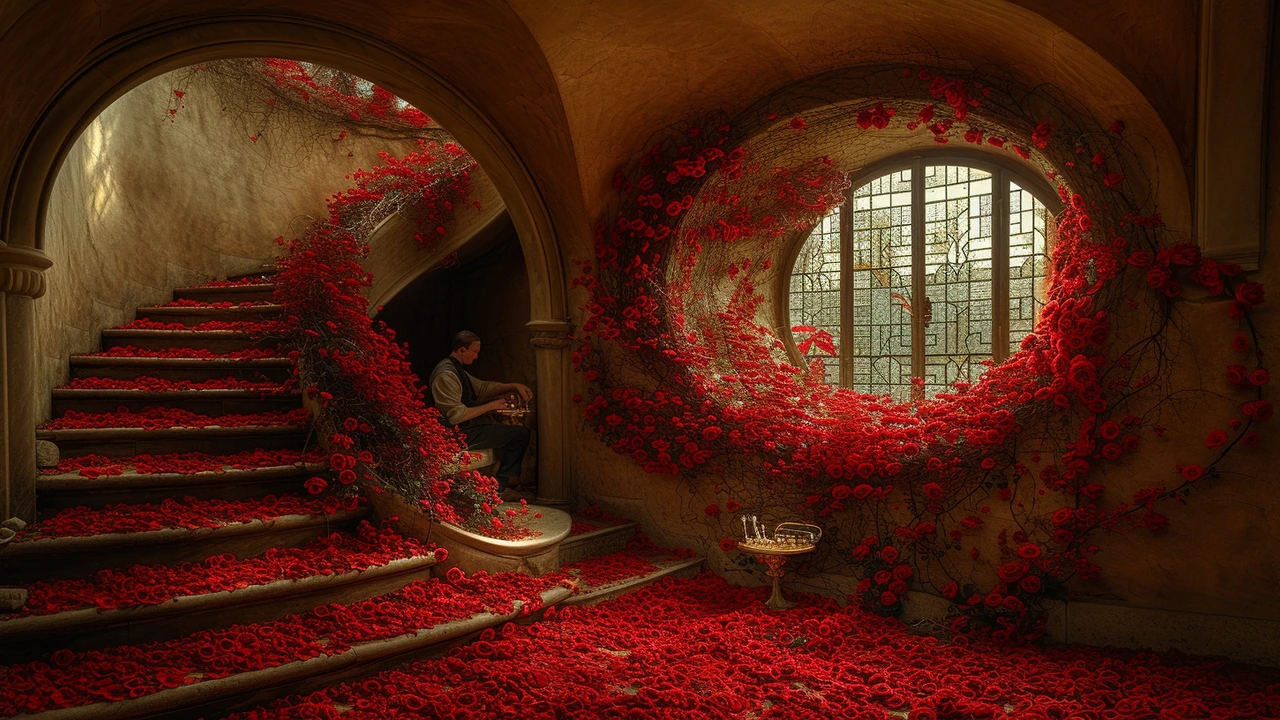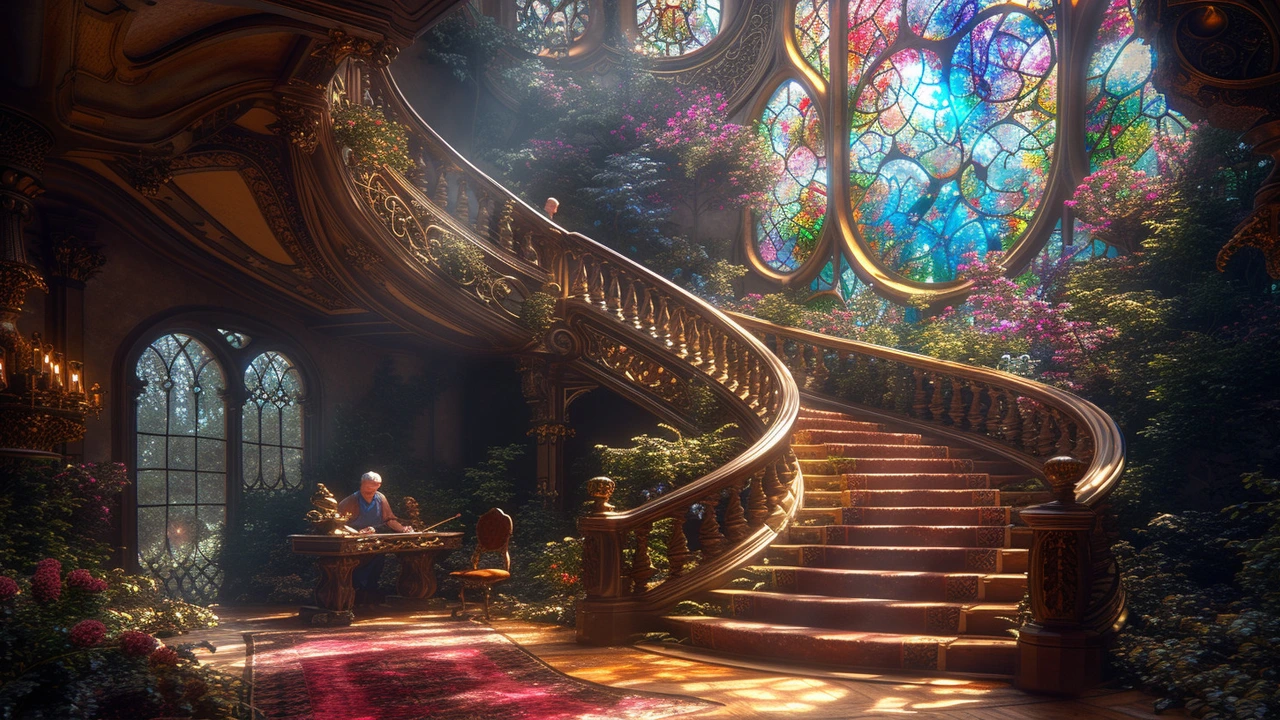Historical Art: How the Past Shapes What We See Today
History in art is not a museum label. It’s a toolbox full of ideas you can use right now. From Gothic cathedrals to Bauhaus chairs, historical art teaches how artists solved visual problems, told stories, and influenced everyday life. If you want to understand modern design, photography, or even tattoo styles, start with the past.
Think of historical art as a map. It shows which roads artists took: where realism gave way to abstraction, or where craft joined design. You don’t need to memorize dates. Notice patterns—strong contrast in Baroque, geometric order in De Stijl, political edge in Constructivism. Spotting those patterns sharpens your eye and helps you make smarter creative choices.
Practical ways to use historical art
Want quick tips? Copy a color palette from a Baroque painting to add drama to a room. Use Bauhaus principles—form follows function—to simplify a logo. If you design spaces, borrow land art’s idea of integrating nature into public places. When choosing art for a project, match the movement’s mood to your message: Baroque for emotion, Bauhaus for clarity, Fluxus for play.
See how artists mixed old and new. Photorealism borrows from classic realism but uses modern tools. Cubism broke objects into shapes and now informs collage, 3D modeling, and even UX layouts. Knowing one or two signature moves from a movement helps you experiment without feeling lost.
Movements and moments to know
Start with a short reading list: Baroque (big drama), Gothic (structure and light), Renaissance (human focus), Cubism (multiple views), Bauhaus (function and craft), Abstract Expressionism (emotion and gesture), Harlem Renaissance (culture and identity), Fluxus (playful performance). Each entry on that list links to real work you can look up fast—Caravaggio, Picasso, Gropius, Pollock, and more.
When you view a piece, ask three simple questions: What feeling does it aim for? What choices did the artist make—color, shape, scale? How could that idea work in today’s world? Those questions turn passive looking into useful insight.
Curate like a pro by mixing eras. A modern sofa beside a Baroque mirror creates tension that feels alive. A simple logo influenced by De Stijl stands out for its clarity. Museums and blogs are full of examples; aim to copy one idea, not an entire style.
Historical art isn’t remote or dusty. It’s a catalogue of solutions for color, composition, emotion, and meaning. Use it to make clearer designs, smarter choices, and work that connects. Start by picking one movement above, study a few key works, and steal one idea to try this week.
If you teach or make art, document your experiments. Take photos of color tests, note what scale changes do, and write one sentence about the emotion you aimed for. Over time you'll build a personal reference that saves time and keeps your work consistent.
Try this: pick Baroque, Bauhaus, or Cubism. Copy one idea for a week and tweak it. You’ll see quick improvements.
Share results online to get feedback quickly.


